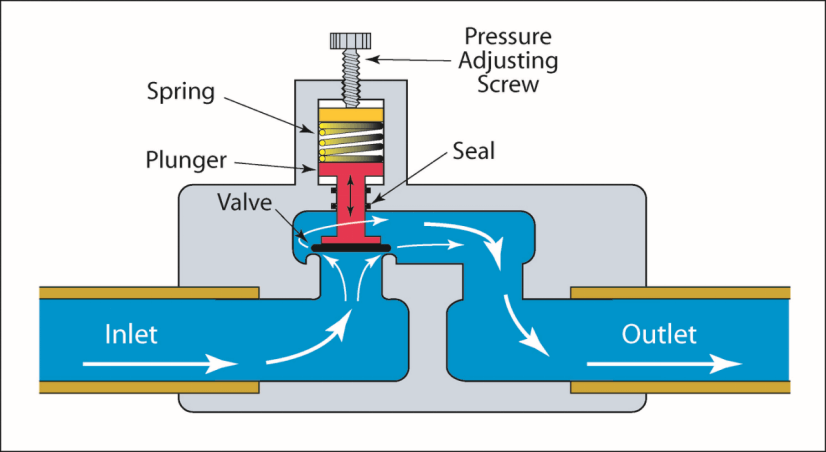Indisputably, high injection pressure in injection molding is crucial since it assists in rapidly filling the mold. However, the pressure in question should be employed before setting the plastics material in the feed system. Also, there must be proper holding pressure setting in this process to ensure that resin backflow is prevented, and even resin shrinkage that occurs during the cooling process is compensated. Therefore, due to pressure being crucial in the clamp unit and the injection area, the article will look at various pressure areas.
- Line pressure
Line pressure is also referred to as gauge pressure because it is measured by a gauge set in a line or a hydraulic pipe. However, it is a pressure found in the primary supply line that comes from the pump, thus making it not to be an injection pressure. Also, it should be modified frequently to suit a precise molding run.

- The injection pressure
Injection pressure is vital in many types of injection molding fields. It assists in the material flow, and it is measured using a transducer which is situated either in the nozzle or in the hydraulic line. The pressure in question is necessary for injecting approximately 95 percent molten plastic into the closed mold. Although its value is not constant, it increases proportionally as the mold filling continues to be more complex.
- The backpressure
Unlike the injection pressure unit, back pressure is used for a different purpose. For a screw to move back, it must generate and exceed the pressure in question. Therefore, the generation of the backpressure occurs when the screw rotates against the plastic material restriction. Consequently, high back pressure is used for color dispersion and material melting.

- The clamping pressure
The pressure in question is usually applied to oppose injection pressure. Since it ensures that the mold is closed, the amount required is determined by the material that is being molded. Subsequently, materials that flow smoothly require a low amount of injection pressure, and hence less clamp pressure as well. On the contrary, stiff-flowing materials require a relatively high injection pressure, therefore high clamp pressure.

- Nozzle pressure
The injection speed of the nozzle pressure is what causes the flow of the material. It is the pressure that is measured in the nozzle, and there is no constant value for it. However, it increases as the complexity of the filling of the mold increases.
In conclusion,
Conclusively, injection pressure in injection molding plays a vital role in ensuring that the mold is filled. However, there are various areas of pressure, as discussed in this article. For instance, there is line pressure, nozzle pressure, clamping pressure, back pressure, and injection pressure, among others. However, all these pressures in question are essential since they all play significant roles in assisting the injection molding machines to generate and use relatively large forces.


